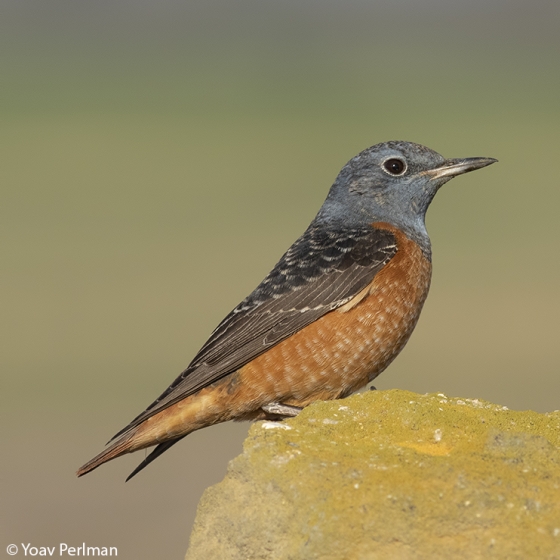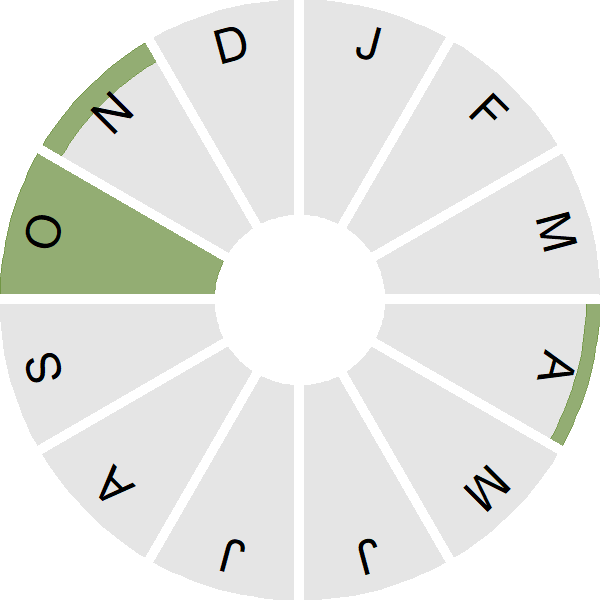Rock Thrush

Introduction
A very rare visitor to Britain & Ireland that breeds in alpine habitats from Spain through to central Asia.
British records peak in May and it has been suggested that while spring records relate to European birds, those in autumn may come from breeding populations located further to the east.

Key Stats
Status and Trends
Conservation Status
Population Size
Population Change
Population trends of this scarce species are not routinely monitored.
Distribution
This vagrant is too rarely reported to map distribution.
European Distribution Map
Distribution Change
This vagrant is too rarely reported to map distribution change.
Seasonality
Rock Thrush is a very rare vagrant and can occur in spring or autumn.
Weekly pattern of occurrence
The graph shows when the species is present in the UK, with taller bars indicating a higher likelihood of encountering the species in appropriate regions and habitats.

Movement
Britain & Ireland movement
Biology
Survival and Longevity
Survival is shown as the proportion of birds surviving from one year to the next and is derived from bird ringing data. It can also be used to estimate how long birds typically live.
Classification, names and codes
Classification and Codes
- Order: Passeriformes
- Family: Muscicapidae
- Scientific name: Monticola saxatilis
- Authority: Linnaeus, 1766
- BTO 2-letter code: OH
- BTO 5-letter code: ROCTH
- Euring code number: 11620
Alternate species names
- Catalan: merla roquera comuna
- Czech: skalník zpevný
- Danish: Stendrossel
- Dutch: Rode Rotslijster
- Estonian: kivirästas
- Finnish: kivikkorastas
- French: Monticole de roche
- German: Steinrötel
- Hungarian: kövirigó
- Icelandic: Rauðþröstungur
- Irish: Smólach Aille
- Italian: Codirossone
- Latvian: raibais akmenstrazds
- Lithuanian: margasis akmeninis strazdas
- Norwegian: Steintrost
- Polish: nagórnik (zwyczajny)
- Portuguese: melro-das-rochas
- Slovak: skaliar pestrý
- Slovenian: slegur
- Spanish: Roquero rojo
- Swedish: stentrast
- Welsh: Brych Graig Cyffredin

